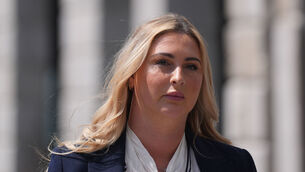Suicide-levels among children in care nearly 10 times average
Dr Ella Arensman, director of research at the National Suicide Research Foundation, described the findings as “extremely worrying”.
She was responding to the recent report by the Independent Child Death Review Group, which looked at the deaths of 196 children who died while in contact with state services between 2000 and 2010.













